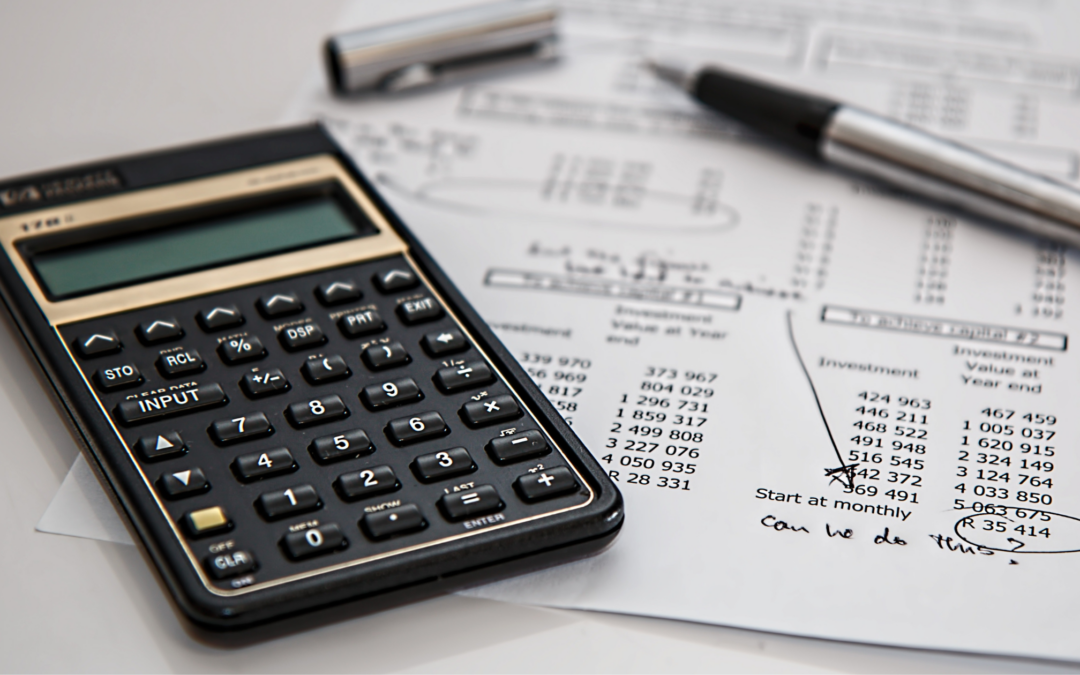The sun produces an immense amount of energy every day, which can be harnessed using solar technologies such as solar panels.
There are two primary types of solar energy: solar thermal and photovoltaic. Solar thermal technology uses the sun’s heat to generate electricity or heat water or air. Photovoltaic technology converts the sun’s energy directly into electricity, typically using solar panels. Photovoltaic technology is what is most commonly used, so we will focus on solar energy generated from solar panels.
Solar energy is a clean and renewable source of energy that produces no greenhouse gases or air pollution, making it an excellent alternative to traditional energy sources. It is a sustainable and eco-friendly alternative to traditional fossil fuels, which are limited resources and produce harmful emissions. In addition to being a renewable resource, solar energy is also a cost-effective alternative to traditional electricity sources. Solar energy can power homes, businesses, and even entire cities.
As the cost of solar panels and installation continues to decline, more people are turning to solar energy for both their homes and businesses.
So what does solar energy really cost?
The Average Cost of Solar Energy for Households
The cost of a solar panel system for a household can vary depending on a number of factors, including the size of the system, the quality of the solar panels, the cost of installation, and the location of the home.
Factors such as roof type, accessibility, and labor costs can also affect the price of a solar panel installation. A more complex installation may require additional equipment, time, and labor. High-quality solar panels with better efficiency are generally more expensive, but they can produce more energy, which can offset the initial investment over time.
To install a typical 6-kilowatt (kW) solar panel system for a household, it can cost roughly between $10,000 and $25,000 before incentives. It’s important to keep in mind that the actual cost can vary widely depending on a variety of factors and it’s always best to get a quote from a reputable source such as Planet Connection.
There are many federal, state, and local incentives available to offset the initial investment of switching to solar. Homeowners should also consider the long-term savings and environmental benefits of investing in solar energy when evaluating the cost. The amount of money a homeowner can save can depend on things such as the size of the system, the local cost of electricity, and the amount of sunlight the system receives. However, in general, homeowners who switch to solar power can save a significant amount of money on their energy bills over the long term.
According to the National Renewable Energy Laboratory, homeowners can expect to save between $10 and $30 per month on their electricity bills for every kilowatt of solar power installed. This means that a typical 6-kilowatt solar panel system could save a homeowner $60 to $180 per month on their electricity bill. Over the course of a year, this can add up to significant savings. If we include tax rebates and incentives from the government, the savings are even larger.
How to Reduce the Cost of Solar Energy for Households
Government Incentives
There are several federal incentives available to homeowners who switch to solar power in the United States. These incentives are designed to reduce the upfront cost of solar installations and make solar energy more affordable for homeowners. Some of the most important federal incentives for solar energy include:
Federal Investment Tax Credit (ITC): The ITC allows homeowners to deduct up to 30% of the cost of a solar panel system from their federal taxes. The credit applies to both residential and commercial solar installations.
Modified Accelerated Cost Recovery System (MACRS): The MACRS allows homeowners to recover the cost of their solar panel system through accelerated depreciation. This can significantly reduce the tax liability associated with the investment in solar energy.
Net metering: Net metering is a policy that allows homeowners with solar panels to sell excess energy back to the grid. This can help offset the cost of electricity when the sun is not shining and can lead to significant savings over the long term.
Solar Renewable Energy Certificates (SRECs): SRECs are credits that homeowners can earn by producing solar energy. These credits can be sold to utilities, which are required to produce a certain percentage of their energy from renewable sources. This can provide an additional source of income for homeowners with solar panels.
In addition to federal incentives, there are also state and local incentives such as rebates and tax credits. These incentives vary by location but can help reduce the cost of solar installation and maintenance.
Solar leasing and Power Purchase Agreements (PPA)
Solar leases and Power Purchase Agreements (PPA) are two common financing options for homeowners who want to switch to solar power. Both options can help reduce the upfront cost of a solar installation. Both solar leases and PPAs can be good options for homeowners who want to switch to solar power but don’t want to make a large upfront investment in a solar panel system.
A solar lease is a contract between the homeowner and a solar company, in which the homeowner agrees to lease the solar panel system from the company for a set period of time, usually 10-20 years. The solar company installs and maintains the system, and the homeowner pays a fixed monthly fee for the use of the system.
A Power Purchase Agreement (PPA) is similar to a solar lease, but instead of leasing the system, the homeowner agrees to purchase the solar energy produced by the system at a fixed rate for a set period of time. The solar company owns and maintains the system, and the homeowner benefits from reduced electricity bills.
Both options are long-term and involve contracts, so it’s important to consider the terms of the lease or PPA before committing to them.
Group purchasing or community solar
Group purchasing, also known as community solar, is a program that allows multiple individuals or organizations to share the benefits of a single solar energy system. Community solar projects are designed to provide solar energy to multiple customers, such as a neighborhood or an entire town. A solar installation is built in a central location and connected to the local power grid. Local customers can then opt into the solar program and receive credit on their electricity bills for the energy produced by the solar installation. Community solar programs are available in many states, although the specific rules and regulations for these programs can vary by location.
Financing/loan options for homeowners
Solar loans are specialized loans designed for homeowners who want to install solar panels. These loans are typically offered by solar financing companies and can have reasonable interest rates with flexible repayment terms. The loan is secured by the solar panel system, which means that the homeowner will need to have good credit and a stable income to qualify.
Another financing option is to use home equity to finance the installation of a solar panel system. This involves using the equity in your home as collateral to obtain a loan or line of credit to pay for the system. The interest rates may be lower than a solar loan, but homeowners should carefully consider the long-term financial implications and potential risks.
As with any loan or line of credit, a homeowner’s credit history and income will directly affect what options are available.
Benefits of Solar Energy for Households
Switching to solar energy can have a plethora of benefits for homeowners. By installing solar panels on their home, households can generate their own electricity and reduce their reliance on the grid. This can result in significant savings over time and households can become more independent in their energy needs.
Solar panels can also increase the value of a home. Homebuyers are often interested in purchasing homes with solar installations because it can save them money in the long run. Homes with solar panels sell an average of about 20% faster than homes without panels.
Solar energy can play an important role in promoting energy independence and reducing reliance on traditional utility providers. Since a home generates its own electricity, it’s not subject to the price volatility of traditional fossil fuels, and one would never have to worry about a damaged power grid leading to blackouts.
Solar energy is a clean, renewable energy source that does not produce greenhouse gas emissions or contribute to air pollution. By generating their own solar energy, households can contribute to a more sustainable environment, offset their carbon footprint, and leave the world a better place for future generations.
Overall, solar energy can provide significant benefits for households, both in terms of financial savings and environmental sustainability. As the cost of solar panels continues to decrease and incentives and rebates become more widely available, solar energy is becoming an increasingly attractive option for homeowners looking to reduce their energy costs and carbon footprint.
Contact Planet Connection today to see how solar energy can change your life for the better!


Recent Comments